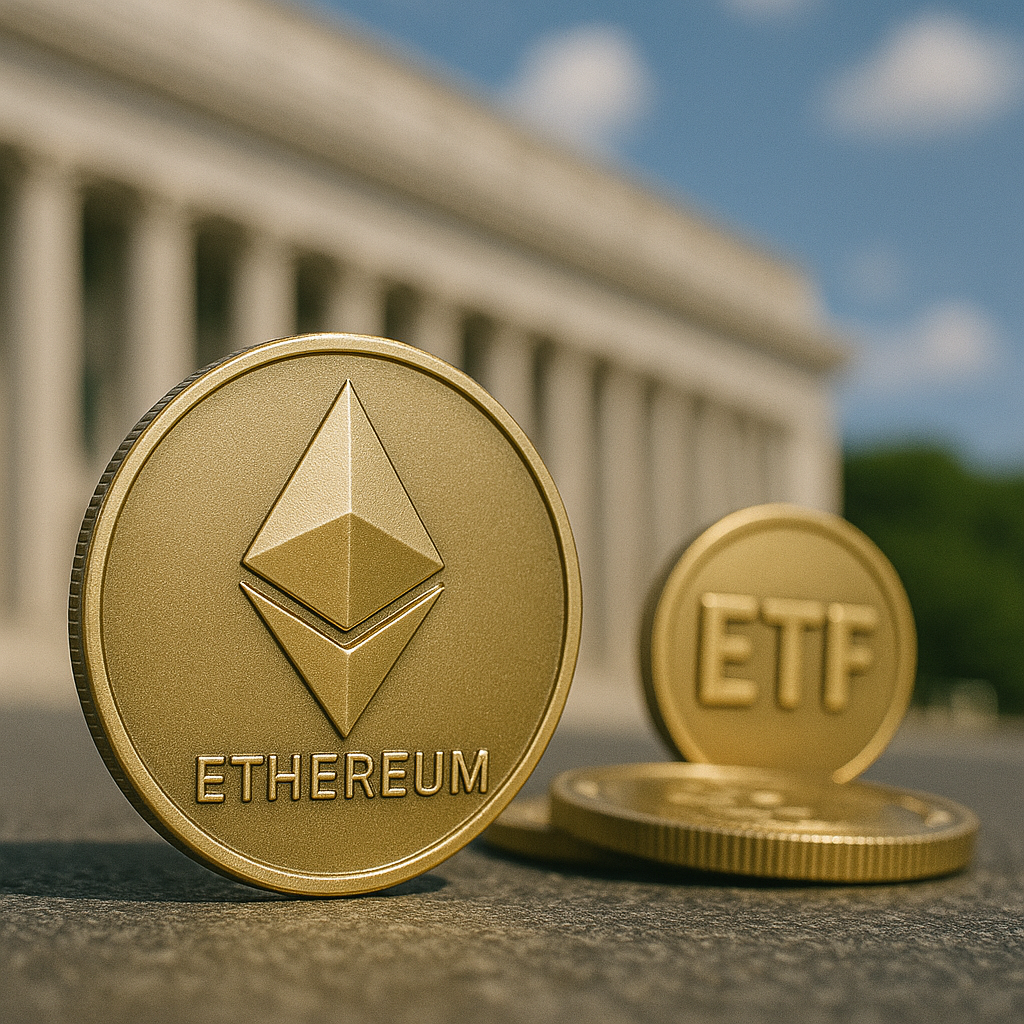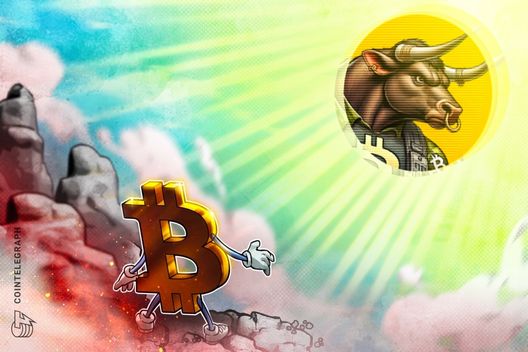ARTICLE AD BOX

- Asset management firms have filed for Solana, Dogecoin, Cardano, and Ripple ETFs, but there has not been one for a Vechain ETF.
- Sebastian has explained in a long X thread why a Vechain ETF offers something deeper, like true transformation rooted in real-world utility.
The Exchange Traded Fund (ETF) race began when the Securities and Exchange Commission (SEC) approved the Bitcoin (BTC) ETF in 2024 and an Ethereum (ETH) ETF later in the year. Since then, we have seen an increase in interest in cryptocurrencies from investors and financial institutions as well.
Asset managers like VanEck and Bitwise are among the asset managers that have filed for Solana (SOL) ETF, and Franklin Templeton has filed for Ripple (XRP) ETF. However, a Vechain ETF hasn’t made the headlines yet.
Sebastian, a leading VeChain advocate, recently argued in a detailed X thread that if institutions are tired of run-of-the-mill crypto ETF narratives (like “digital gold” or “tech bets”), VeChain offers a much better option.
Why VeChain Is ETF-Ready
He begins with a question,” But what happens when institutions want more than speculation?”. VeChain isn’t hypothetical; it’s live in supply chain tracking, carbon emissions logging, ESG compliance platforms, and Ethereum Virtual Machine (EVM) support. As CNF has reported before, the upcoming Stargate upgrade that is set for July 1 will make VeChain modular, scalable, and perfectly positioned for mainstream institutional use.
VeChain’s DNA is built for real-world impact, measurable carbon offsets, auditable enterprise systems, and regulatory compliance. Beyond VET and VTHO, VeChain’s behavior-layer token rewards real-world actions, like sustainable behavior, directly on-chain. “More hooks for ETF issuers to price, track, and package,” he said.
He also highlighted VeChain’s partnership with Power Slap, noting that the blockchain platform is now the league’s first Official Title Partner. As CNF reported earlier, this collaboration will help bring the fast-growing sport to YouTube and beyond. He believes the move could give VeChain several key advantages, boosting its cultural relevance, opening the door to more consumer-facing apps, and accelerating adoption through a recognizable brand.
A VeChain ETF might not make its debut in the U.S., at least not right away. According to Sebastian, it’s more likely to launch in regions where crypto regulation is clearer, like Europe under MiCAR, Hong Kong with its Web3-friendly stance, or the UAE, which continues to position itself as a hub for enterprise innovation. Now imagine this: instead of tracking only the price of VET, a VeChain ETF could be tied to real-world outcomes, trees planted, plastic removed from oceans, CO₂ emissions accurately tracked, and factory operations fully verified for compliance.
This would be an impact-driven ETF that will give investors a chance to put their money into something that creates measurable change, not just price action. Sebastian emphasised that, “This is what the next wave of ESG funds need.”
When institutions look at blockchain options, the differences become clear. Ethereum is often seen as powerful but comes with high costs and frequent congestion. Solana, while fast, has faced concerns over its stability. Avalanche (AVAX) offers promise but hasn’t seen widespread adoption yet. VeChain, on the other hand, stands out with consistent reliability, actual enterprise use, and a strong focus on compliance.
At the time of writing, VET was down by 3.41% in the last seven days and dropped by 0.85% in the past day. Its trading volume has also taken a hit, and it’s currently standing at $28 million. Currently, VET is priced at $0.020, which places it 92% below its all-time high of $0.27.
.png)
 4 months ago
7
4 months ago
7








 English (US)
English (US)